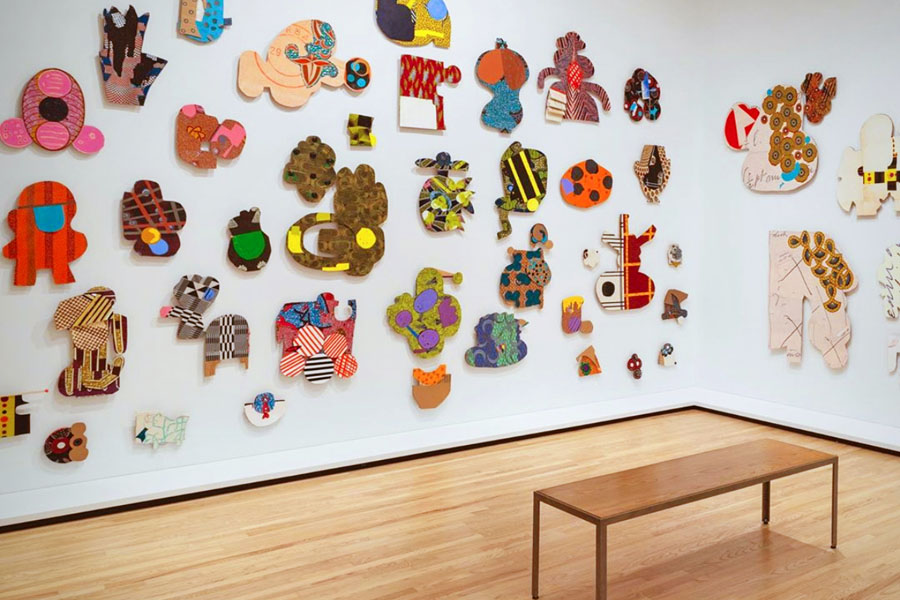Culture lovers rejoice, the Baltimore Museum of Art is home to the world’s largest collection of work by Henry Matisse. The Cone Collection, started by Baltimore sisters Claribel and Etta Cone in the early 20th century, contains more than 1,000 pieces by the renowned artist as well as works by his contemporaries Pablo Picasso, Paul Cézanne, and Vincent van Gogh. Insiders note: the museum offers free admission year-round.
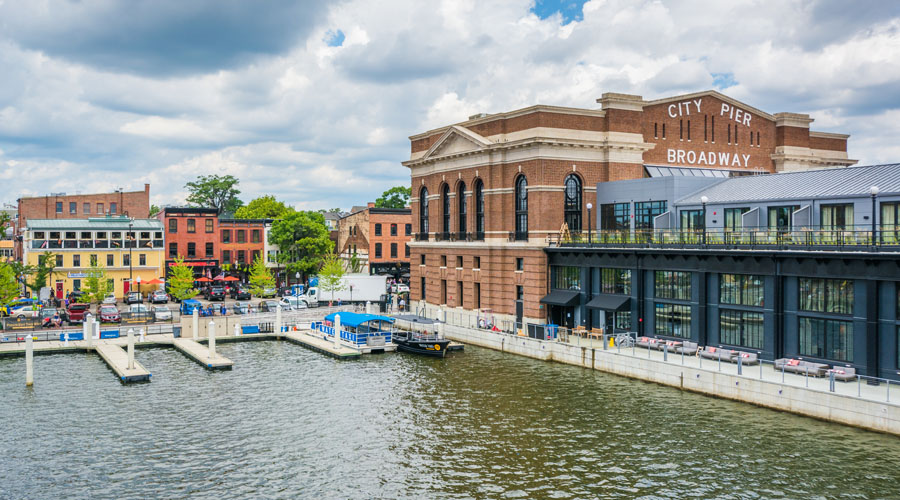
Second only to Ellis Island, Baltimore’s waterfront neighborhood of Fell’s Point was the second largest point of immigration in the US. Established in 1763 Fell’s Point is home to over 161 buildings on the National register including the oldest standing residence in the city, the Robert Long House. It also hosts the historic Broadway Market, a year-round indoor market founded in 1786.
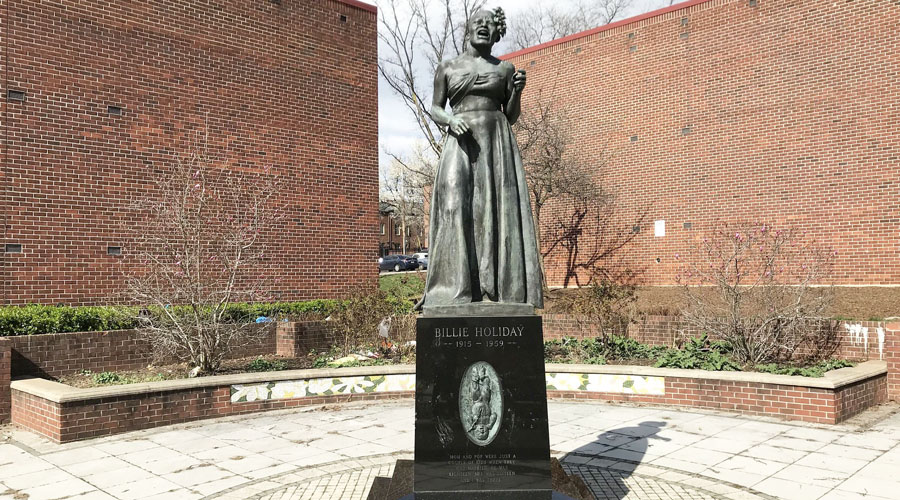
Baltimore was the birthplace of a large group of prominent African American historical figures such as Frederick Douglas, Isaac Myers and Thurgood Marshall. Billie Holiday is also a beloved Baltimore figure. Even though she was born in Philadelphia, locals know her roots are in Fell’s Point. During her heyday she sang in famous clubs on Philadelphia Ave and is now memorialized by a striking statue crafted by artist James Earl Reid.
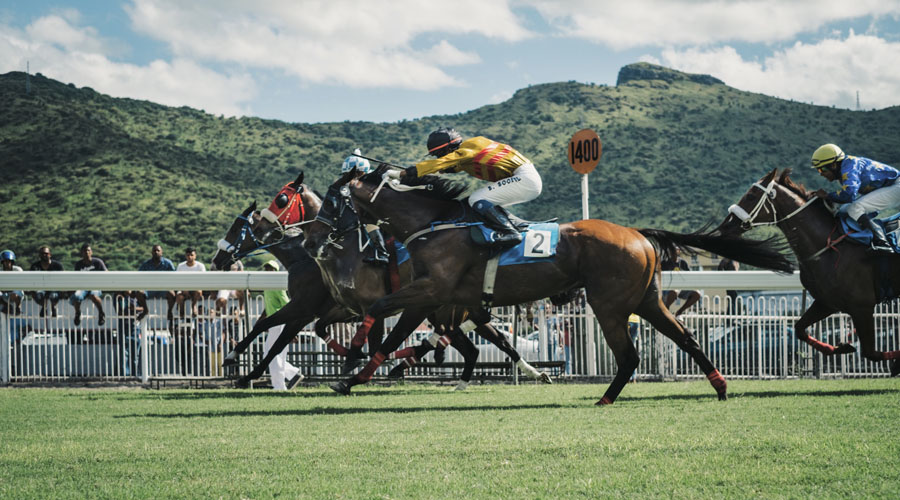
Each year Baltimore’s Plimlico Race Course plays host to the Preakness Stakes, the second jewel in horseracing’s triple crown. It is traditionally run on the third Saturday in May and is 1 and 3/16th of a mile in length. The winner is presented with a wreath of black-eyed Susan’s, Maryland’s official state flower.
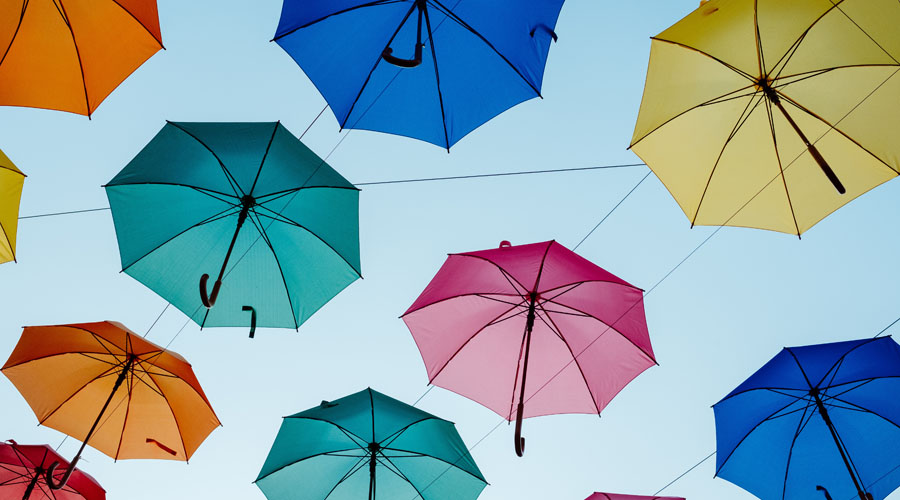
The fact that Baltimore gets on average 42 inches of rain per year, might be the reason behind this next fun fact. Baltimore City has the distinction of being the location of the very first umbrella factory. The Beehler Umbrella Factory was founded in 1828 by German immigrant Francis Beehler. The company’s motto was, “Born in Baltimore, Raised Everywhere!.”
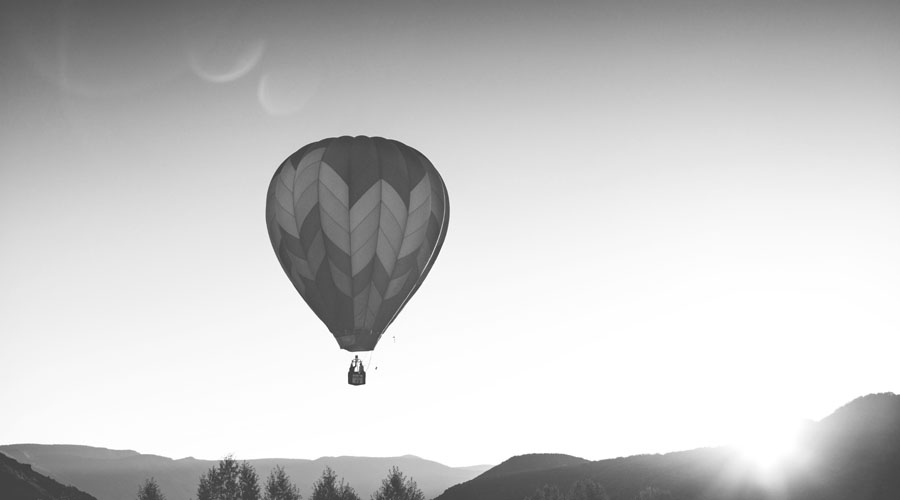
No stranger to raising the stakes, Baltimore played host to the first manned balloon launch in the United States. Operated by 13-year old Edward Warren, the balloon took flight from historic Mount Vernon. Warren rode in a wicker “chariot” donated by a local tavern keeper and lawyer, Peter Carnes. Carnes originally planned to ride the in the basket himself but was unfortunately too heavy. Warren’s successful flight led to a balloon craze across the nation in the late 1700s and early 1800s.
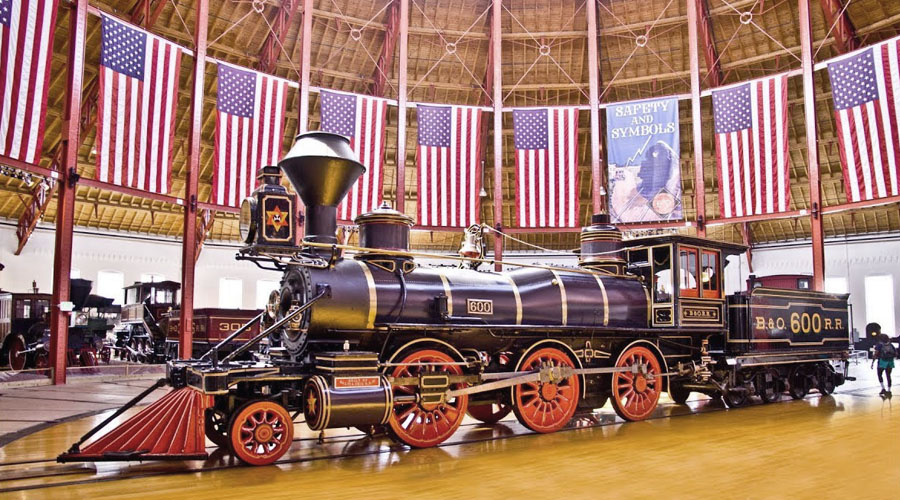
If you’ve ever played Monopoly, you have Baltimore to thank for the B&O Railroad square. Founded in 1829, it was the first commercial railroad in the United States as well as the first long-distance track. If it had not been for this bit of East-Coast pioneering, the West would never have been won. Today, visitors can see history in person at the B&O Railroad museum located in the heart of the city.
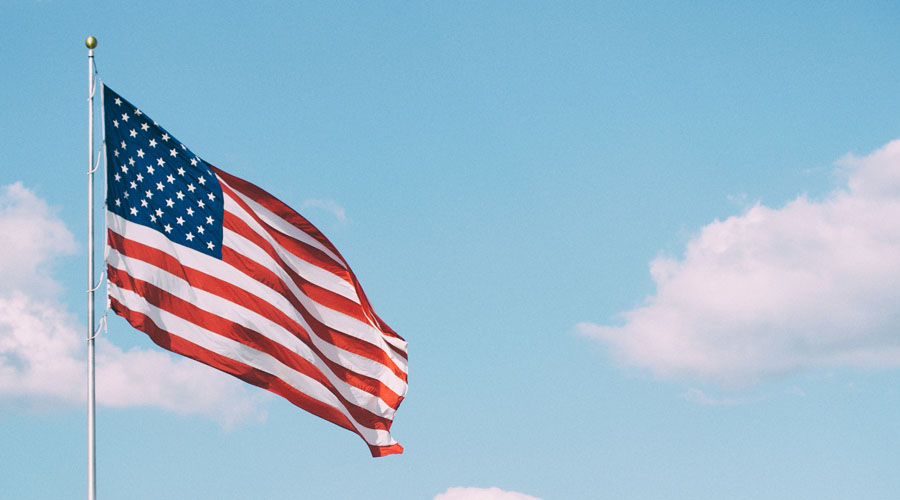
For a big of historical music, “The Star-Spangled Banner” has roots in Baltimore. The composer, Francis Scott Key, wrote the lyrics to the national anthem as he looked out over a flag waving at Fort McHenry during the War of 1812. Surprisingly enough, the tune didn’t start out patriotic. Key borrowed the melody from a rather raunchy British drinking song.
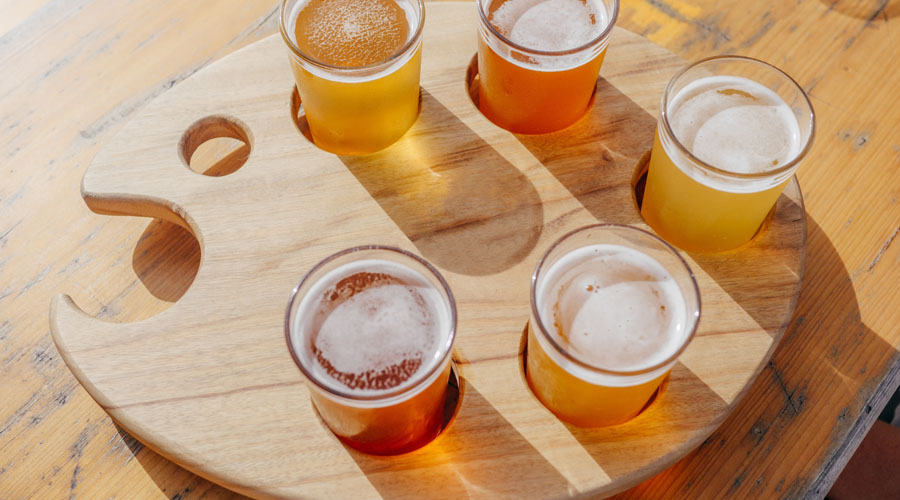
Looking to wet your whistle? In the 1940’s Baltimore brewing company, The National Bohemian, invented the six-pack. Operating under the rational explanation that four beers wouldn’t be enough and eight was too many, the six-pack gained popularity as a beverage standard. National Bohemian was later purchased by the Pabst Brewing Company whose corporate push allowed “Natty Boh” to become the official beer of the Baltimore Orioles.
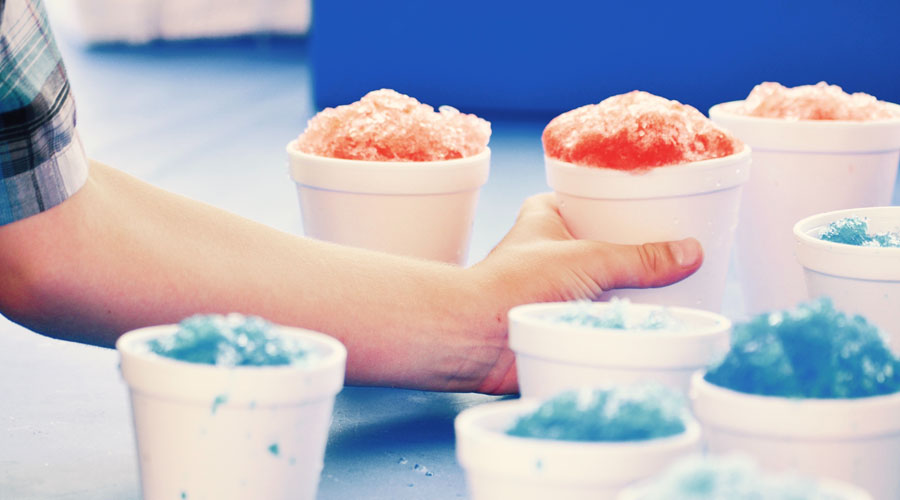
A delicious bit of trivia and Baltimore classic – snowballs, which paved the way for more modern slushies, and snow cones were invented in Baltimore during the Industrial Revolution. Typically served in a Styrofoam cup, this shaved ice treat is doused in fruit syrup and topped with marshmallow cream. While the ice is shaved, it’s also chunky enough to survive humid Baltimore summers.


